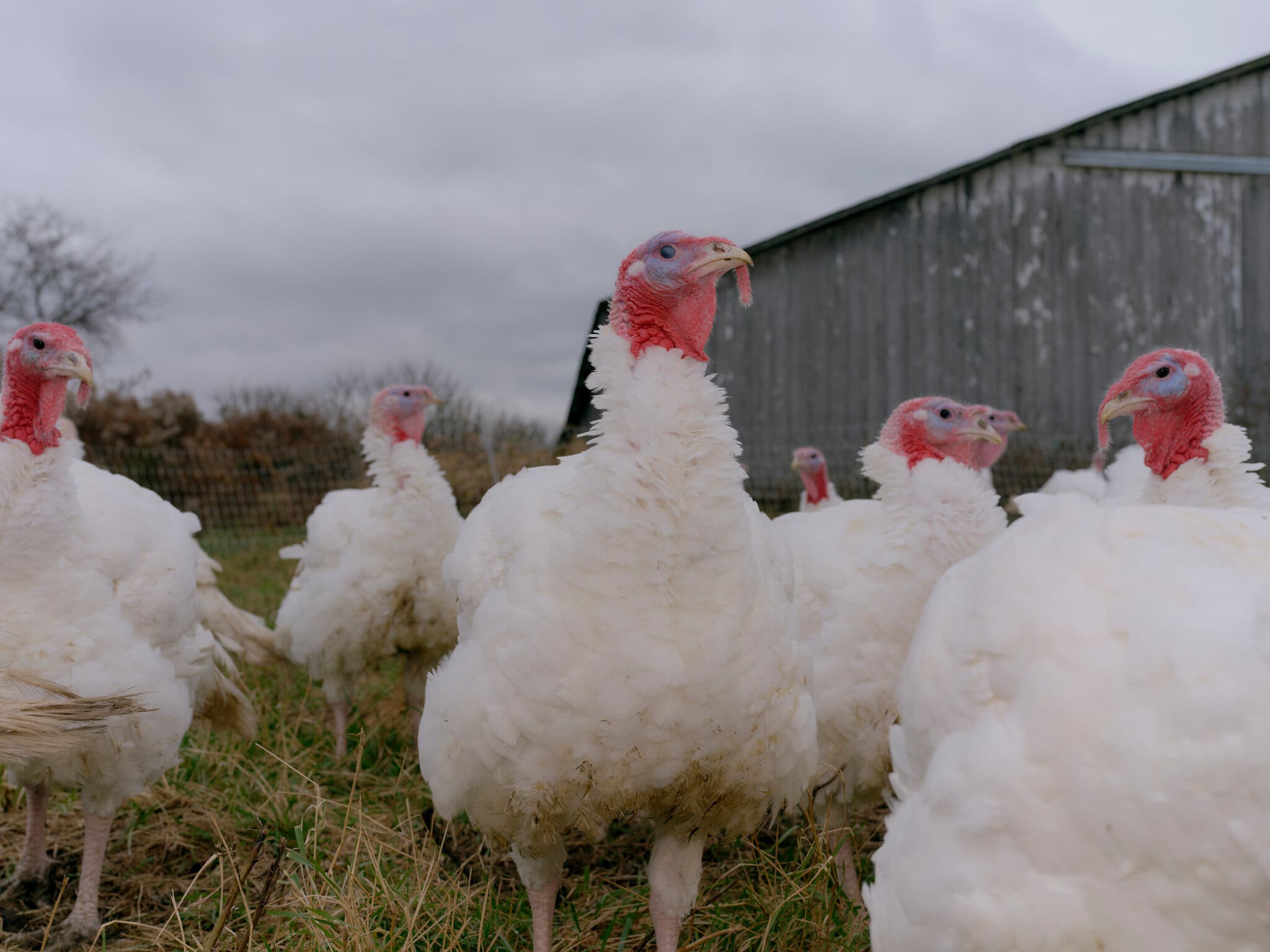After a quiet summer, bird flu has made a strong comeback across the United States, killing nearly seven million farmed birds since early September. Among the losses are about 1.3 million turkeys, raising concerns over turkey availability as Americans prepare for Thanksgiving.
The virus has also been detected in wild birds at higher rates than usual this fall, and for the first time in years, outbreaks have been confirmed in dairy cows in Idaho, Nebraska, and Texas. Experts say the uptick coincides with the migration of wild birds southward—a seasonal pattern—but this year it is compounded by the ongoing federal government shutdown, which has left agencies operating with skeletal staff.
Routine communication between the Centers for Disease Control and Prevention (CDC) and state health officials has been disrupted, as has the U.S. Department of Agriculture’s monitoring of animal outbreaks. Officials say this has made it difficult to maintain a clear national picture of the outbreak or provide timely guidance to detect and contain the disease.
“Because of the government shutdown, I know less than I would normally know,” said Dr. Amy Swinford, director of the Texas A&M Veterinary Medical Diagnostic Laboratory, part of a national network conducting bird flu surveillance.
While the CDC continues to maintain emergency operations and essential staff, immigration raids and labor shortages are further complicating efforts. Workers on poultry and dairy farms may avoid seeking help for symptoms, experts say, while the approaching fall flu season could make it harder to distinguish bird flu cases from human influenza.
This resurgence signals the end of a brief lull during which poultry prices had stabilized. This fall’s wave began earlier than usual, and authorities expect it to intensify in the coming months. “This is going to continue to be the new norm,” said Richard Webby, influenza expert at St. Jude Children’s Research Hospital.
The impact on consumers could be immediate. Wholesale turkey prices are already 40% higher than last year, and egg prices are expected to remain elevated. “Our turkey guys are getting hit pretty hard this fall,” said Bernt Nelson, an economist at the American Farm Bureau Federation.
Since early 2022, bird flu has affected more than 180 million farmed birds and caused significant mortality among wild birds. The virus has evolved, spreading to dozens of new species and even crossing into dairy cows in 2024, affecting over 1,000 herds across 18 states. Human infections remain rare, but at least 70 people, mostly farmworkers, have been infected, resulting in several hospitalizations and one death.
Despite the shutdown, the USDA says it will continue using emergency funds to support its bird flu program, and the CDC maintains a limited roster of essential staff to respond to urgent threats. However, recent layoffs of infectious disease experts—including key CDC personnel—have disrupted regular communication channels, such as weekly calls that laboratories use to share critical surveillance data.
Dr. Keith Poulsen, director of the Wisconsin Veterinary Diagnostic Laboratory, warned, “None of the labs are talking on a national basis. If something changes, we don’t have a good way to disseminate that information.”
The virus also poses a significant threat to wildlife. In a sobering development last month, the International Crane Foundation confirmed the first bird flu death of an endangered whooping crane, which had been raised in a captive breeding program. Fewer than 1,000 whooping cranes remain in the wild.
With the holidays approaching, officials and farmers alike are bracing for a challenging season, as bird flu continues to disrupt poultry production and raise concerns for public health.

